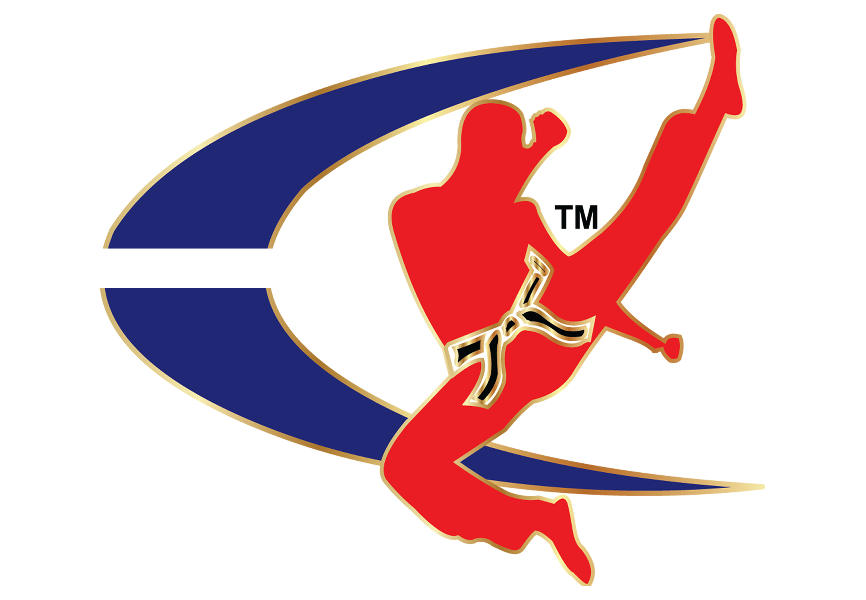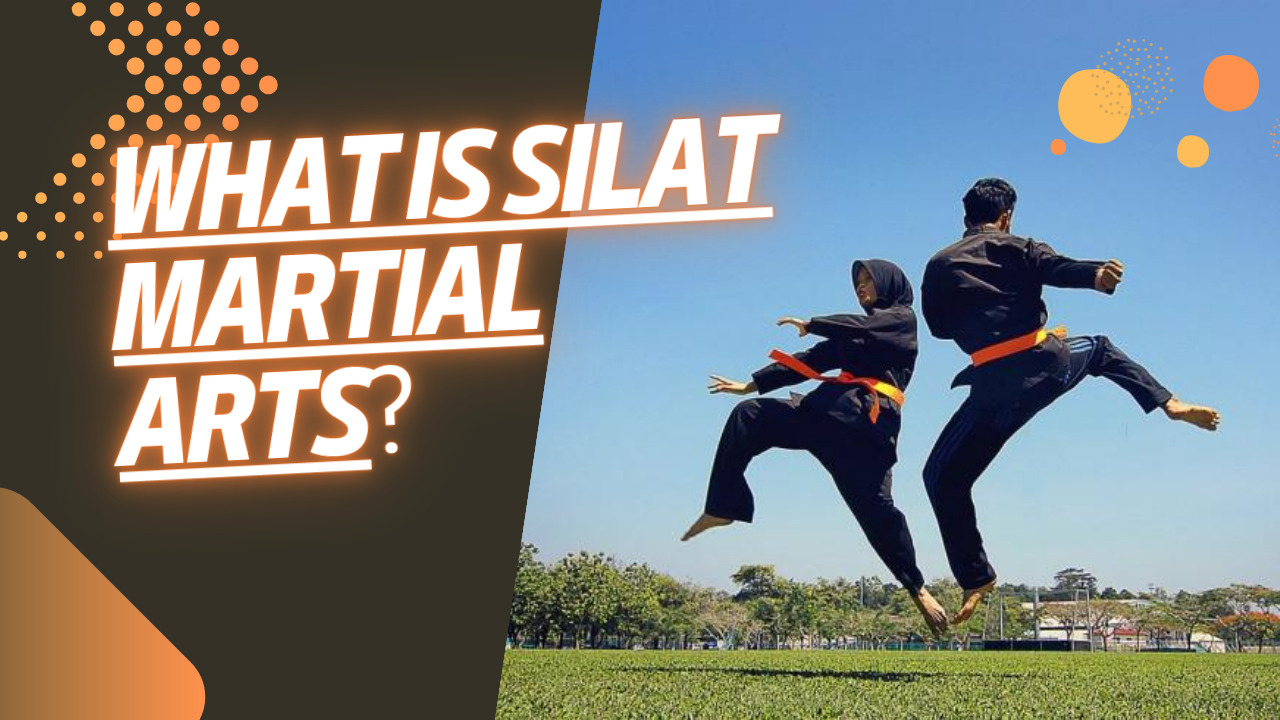Silat is a traditional martial art form originating from the Malay Archipelago, deeply rooted in the cultural and historical heritage of Southeast Asia. Known for its fluid and graceful movements, Silat encompasses a wide range of techniques, including strikes, grappling, and weaponry.
The art emphasizes not just physical prowess, but also mental discipline and spiritual development. Silat practitioners often train with traditional weapons and protective equipment, reflecting its rich historical context. Beyond its combative aspects, Silat holds significant cultural and ritualistic value, making it a holistic pursuit.
In modern times, Silat continues to thrive as a martial art, fostering physical fitness, self-defense skills, and a deep connection to Southeast Asian heritage.
Origin and History of Silat
The origin and history of Silat can be traced back to the traditional martial arts practices of the Malay archipelago. Silat is deeply rooted in the cultural and warrior traditions of this region, which encompasses Indonesia, Malaysia, Singapore, southern Thailand, and the southern Philippines. The Malay archipelago, with its diverse array of indigenous martial arts, provided the fertile ground from which Silat emerged.
Warrior traditions in the Malay archipelago were diverse, with each ethnic group developing its unique style of combat. Over the centuries, these martial arts evolved and intertwined, leading to the development of Silat as a comprehensive and versatile fighting system. Silat’s history is rich and complex, shaped by the various influences of the cultures and peoples of the Malay archipelago, including Chinese, Indian, Arab, and European.
The origins of Silat are deeply intertwined with the social, spiritual, and cultural fabric of the Malay archipelago, making it not just a martial art but a living heritage of the region. The evolution of Silat reflects the historical and geographical dynamics of the Malay archipelago, and its traditions continue to be cherished and practiced to this day.
Core Techniques and Principles
Characterized by fluid and precise movements, Silat martial arts emphasize a wide array of core techniques and principles that are integral to its practice. These core movements form the foundation of Silat, focusing on strikes, joint manipulation, and weapon techniques. Self-defense techniques are a crucial aspect of Silat, teaching practitioners to defend against armed and unarmed attacks. Training principles in Silat revolve around discipline, perseverance, and continuous improvement, instilling values of respect and humility. Combat strategy in Silat involves quick and decisive actions, utilizing the element of surprise and exploiting an opponent’s weaknesses. The spiritual aspects of Silat center on connecting the mind, body, and spirit, fostering a deeper understanding of oneself and the world. Mental focus is paramount in Silat, as practitioners are trained to maintain concentration and composure in high-pressure situations.
| Core Movements | Self Defense Techniques | Training Principles |
|---|---|---|
| Strikes | Defense against attacks | Discipline |
| Joint manipulation | Weapon defense | Perseverance |
| Weapon techniques | Counter-attacks | Continuous improvement |
| Combat Strategy | Spiritual Aspects | Mental Focus |
|---|---|---|
| Quick actions | Mind-body connection | Concentration |
| Exploiting weakness | Self-awareness | Composure |
Weapons and Traditional Equipment
Weapons and traditional equipment are frequently utilized in Silat martial arts to enhance combat techniques and strategies. Traditional weapons such as the keris (dagger), golok (machete), and sundang (sword) are integral to the practice of Silat, emphasizing precision, speed, and fluidity in movements. These weapons are not only used for offensive and defensive purposes but also serve as symbols of cultural heritage and identity within the Silat community.
In addition to traditional weapons, Silat practitioners also use a variety of training equipment to hone their skills. This includes the use of wooden dummies, known as ‘jong,’ which are used for practicing strikes, kicks, and grappling techniques. The jong allows practitioners to simulate combat scenarios and develop their reflexes and coordination. Other training equipment may include weighted training aids to build strength and endurance, as well as traditional musical instruments like the ‘bedug’ or ‘gendang’ which are used to set the rhythm and pace of training sessions.
Cultural Significance and Rituals
Frequently, cultural significance and rituals play a vital role in the practice of Silat martial arts, reflecting the deep-rooted traditions and values within the community. These rituals hold great ritual significance and are deeply intertwined with the traditional practices of Silat. They serve as a means of paying homage to ancestors, demonstrating respect for the art, and fostering a sense of unity among practitioners.
| Traditional Practices | Ritual Significance | Cultural Significance |
|---|---|---|
| Wearing of specific attire | Symbolizes respect for the art and its heritage | Demonstrates adherence to tradition and discipline |
| Pre-fight rituals | Helps in focusing the mind and body for combat | Instills a sense of reverence and mindfulness |
| Ceremonial music and dance | Honors the cultural roots of Silat | Strengthens the sense of community and identity |
| Use of traditional weapons | Connects practitioners to their martial ancestors | Preserves historical techniques and skills |
| Offering of prayers | Shows respect for spiritual beliefs | Creates a sense of harmony and balance |
These traditional practices and rituals not only enrich the martial art form but also serve as a means of preserving and perpetuating the cultural heritage and values associated with Silat.
Modern Applications and Practice
The modern practice of Silat martial arts incorporates contemporary training methods and techniques to enhance combat effectiveness and adapt to evolving combat scenarios. In addition to traditional forms and movements, modern Silat emphasizes the integration of self-defense techniques and combat sports, catering to practical applications in real-world situations.
Fitness training is a crucial component, focusing on building strength, agility, and endurance to meet the physical demands of combat. Mental discipline is also emphasized, with an emphasis on focus, strategic thinking, and the ability to remain calm under pressure.
Silat practitioners often engage in sparring sessions and drills that simulate combat scenarios, allowing them to develop practical skills and test their techniques in a controlled environment. This approach not only hones their physical abilities but also cultivates a strategic mindset essential for effective self-defense and combat.
Moreover, the modern practice of Silat incorporates principles of adaptability, encouraging practitioners to continually evolve their skills to meet contemporary challenges. By integrating modern training methods with traditional techniques, Silat remains a dynamic and relevant martial art in today’s world.
Frequently Asked Questions
What Are the Different Styles or Variations of Silat Martial Arts?
Silat martial arts encompass a diverse range of styles and variations, each characterized by unique techniques, cultural influences, and training methods. The variations of Silat reflect the rich history and regional diversity of this ancient martial art.
Are There Any Specific Dietary Practices or Traditions Associated With Silat Training?
Dietary practices and training traditions are integral to Silat. Nutrition plays a crucial role in supporting the physical demands of training, with emphasis on balanced meals and hydration. Traditional practices may include fasting and specific dietary guidelines.
How Does Silat Incorporate Spiritual or Mental Training Into Its Practice?
Silat incorporates spiritual discipline through the emphasis on self-awareness, inner balance, and connecting with the universe. Mental focus is cultivated through meditation, visualization, and breathing techniques, enhancing concentration, and mindfulness in combat and daily life.
Are There Any Famous or Influential Figures in the History of Silat?
In the history of Silat, several influential figures have left a lasting impact, shaping the development and evolution of this martial art. These individuals have contributed to the rich and diverse tapestry of Silat’s historical significance.
Are There Any Specific Rules or Etiquette to Follow When Participating in Silat Training or Competitions?
In Silat, participants adhere to strict etiquette during training and competitions, emphasizing respect, discipline, and humility. Competition rules prioritize fair play and safety. Dietary practices, mental and spiritual training are integral to the holistic development of practitioners.
Conclusion
In conclusion, Silat martial arts has a rich history and cultural significance. Its origins and principles make it a unique and valuable martial art in the world of combat and traditional practices. The practice of Silat incorporates rituals and has modern applications in self-defense and physical fitness. It focuses on core techniques, weapons, and traditional equipment.

